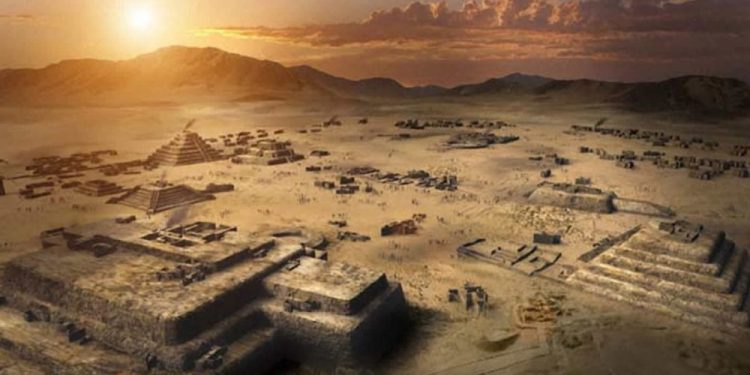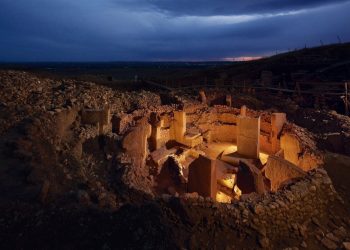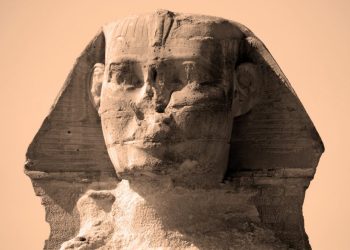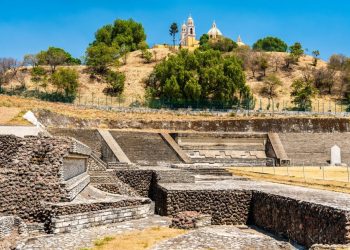Thousands of years before the golden age of the Maya in Central America, another civilization flourished further south in what is now Peru. Existing between the 4th and 2nd millennia BC, it is generally thought to be the oldest-known civilization in the whole of the Americas. The Caral civilization, also known as the Norte Chico civilization, has left behind a remarkable legacy that has intrigued historians and archaeologists alike.
The civilization was located in the Supe Valley, roughly 200 kilometers (124 miles) north of Lima, Peru. Covering a vast expanse of the Andean region, the civilization reached its peak around 2600 BC, predating the well-known Mesopotamian and Egyptian civilizations. The area is home to a plethora of archaeological sites that showcase the impressive achievements of these people.
Urban Planning: The Ingenious City Layouts
One of the most striking aspects of the Caral civilization is its urban planning. The people of Caral built well-organized cities featuring a complex layout of plazas, temples, and residential areas. The main city of Caral, known as Caral-Supe, is one of the largest and most impressive of these settlements. At its core stands a massive pyramid, the Great Pyramid of Caral, which stands as a testament to the civilization’s architectural prowess.
The Caral civilization was renowned for its advanced building techniques. Utilizing local materials, such as stone and reed, the people constructed monumental pyramids, sunken circular plazas, and intricate irrigation systems. These architectural marvels allowed them to thrive in a challenging environment, ensuring the stability and success of their civilization.
The Caral people were primarily an agricultural society, relying on crops like cotton, beans, and squash to sustain their communities. They also cultivated a unique variety of maize, which served as a staple food source. Additionally, the Caral culture had a robust economy, with evidence of trade networks extending as far as modern-day Ecuador. They traded goods such as Spondylus shells, which were highly valued for their vibrant colors and ornamental use.
Religion and Culture: The Spiritual Practices of the Caral People
The religious practices of the Caral civilization remain somewhat enigmatic, as little concrete evidence has been found. However, archaeologists believe that the people practiced a form of ancestor worship, with many of their monumental structures serving as tombs for revered individuals. The importance of religion in their society is evident in the construction of numerous temples and sacred sites across the region.
Another mystery surrounding the civilization is its language and writing system. No definitive examples of written language have been discovered, leading some to believe that the Caral people may have used a system of quipu, or knotted strings, for record-keeping and communication. This system was later adopted and perfected by the Inca civilization.











